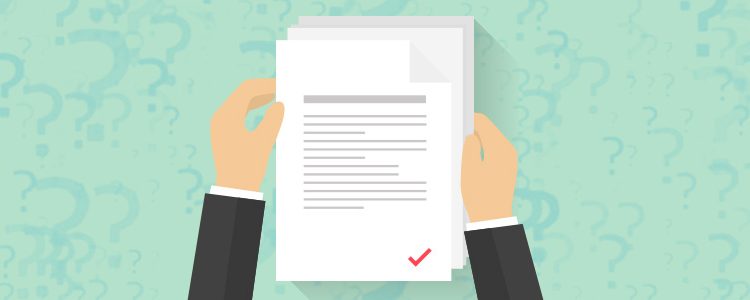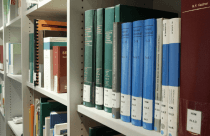What After My Research Paper is Accepted for Publication?

Writing a paper is a lot of work: organizing the data, drawing the figures, writing everything from the experimental section to discussion in a clear and effective manner. However, now the paper has been submitted, the reviewers have been kind, and the editor has notified you that the paper has been accepted for publication. So, the whole laborious process is finished, right?
Not quite. There are still a few matters to address. When the proofs arrive, you as an author should proofread them and ensure that the citations and content convey your intended meaning. Often, after publication, visible errors are present in studies, which can often mislead the readers.
Text
It is remarkable how often errors appear in the text of a published paper, even in reputed journals. Perhaps, the errors were present in the initial draft and have escaped the notice of the editors, or these errors have crept in at the stage of revising the paper. Predominantly, language and grammar errors persistent in documents, e.g., in a recent article published in Chemical Reviews, multiple errors, such as minor subject-verb agreement issues, were present. In fact, at one point, the sentence was so garbled that it was difficult to understand the content. So, always be aware of such errors while proofreading your papers.
Figures
Always ensure that all figures are labeled properly and placed correctly in the text. In addition, inspect the figures for clarity, because reduction to the required size in the journal copy may considerably change the legibility.
Tables
Strings of numbers in columns are places where errors often occur, so take another look at these. Ensure that the table has a well-defined caption and use always use footnotes below the table body.
References
Ensuring accuracy in references is one of the most tedious parts of writing a paper, but it is important to get every detail right. It is annoying for a reader to search for a reference and find that the citation does not exist. With the increase in use of software for end-list references, the advisers generally follow a protocol of training their students to independently check all references. We understand that writing a paper is a long, difficult, but ultimately rewarding process. So, if yours has already been accepted by a journal, ensure you look into these finer aspects before it gets published.
Has your paper been accepted at a journal? What other checks do you perform on your manuscript proofs? Share your thoughts with us in the comments below!









